

Welsh legend tells of cauldrons that were useful to warring armies. In the second branch of the Mabinogi in the tale of Branwen, Daughter of Llŷr, the Pair Dadeni (Cauldron of Rebirth)
 is a magical cauldron in which dead warriors could be placed and then be returned to life,
is a magical cauldron in which dead warriors could be placed and then be returned to life, 
These warriors could go back into battle until they were killed again.
into battle until they were killed again.  In Wicca and some other forms of neopagan or pagan belief systems the cauldron is still used in magical practices.
In Wicca and some other forms of neopagan or pagan belief systems the cauldron is still used in magical practices. 
 Most often a cauldron is made of cast iron and is used to burn loose incense on a charcoal disc, to make black salt
Most often a cauldron is made of cast iron and is used to burn loose incense on a charcoal disc, to make black salt  (used in banishing rituals),
(used in banishing rituals), for mixing herbs,
for mixing herbs, 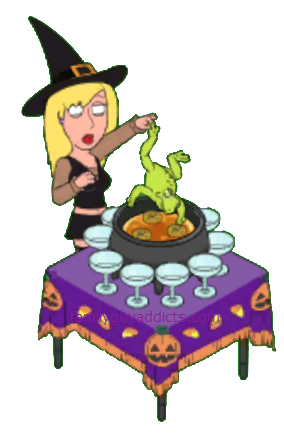 or to burn petitions
or to burn petitions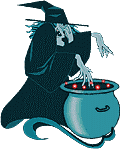 (paper with words of power or wishes written on them).
(paper with words of power or wishes written on them).
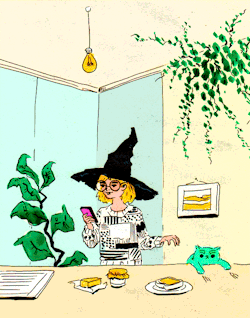
 into battle until they were killed again.
into battle until they were killed again.  In Wicca and some other forms of neopagan or pagan belief systems the cauldron is still used in magical practices.
In Wicca and some other forms of neopagan or pagan belief systems the cauldron is still used in magical practices. 
 Most often a cauldron is made of cast iron and is used to burn loose incense on a charcoal disc, to make black salt
Most often a cauldron is made of cast iron and is used to burn loose incense on a charcoal disc, to make black salt  (used in banishing rituals),
(used in banishing rituals), for mixing herbs,
for mixing herbs,  or to burn petitions
or to burn petitions (paper with words of power or wishes written on them).
(paper with words of power or wishes written on them).
A Bronze Age cauldron made from sheet bronze and a flesh-hook
The holy grail of Arthurian legend is sometimes referred to as a "cauldron", although traditionally the grail is thought of as a hand-held cup rather than the large pot that the word
although traditionally the grail is thought of as a hand-held cup rather than the large pot that the word  "cauldron" usually is used to mean.
"cauldron" usually is used to mean.  This may have resulted from the combination of the grail legend with earlier
This may have resulted from the combination of the grail legend with earlier  Celtic myths of magical cauldrons.
Celtic myths of magical cauldrons.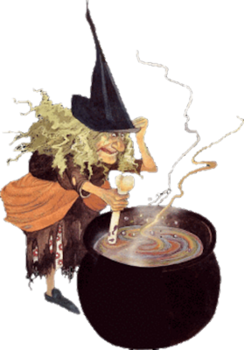
Archeologically intact actual cauldrons with apparent cultural symbolism include:
the Gundestrup cauldron, made in the 2nd or 1st century BC, found at Gundestrup, Denmark
a Bronze Age cauldron found at Hassle, Sweden
the cauldron where the Olympic Flame burns for the duration of the Olympic Games
Cauldrons known only through myth and literature include:
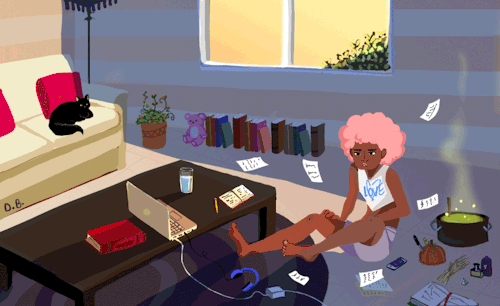
Dagda's Cauldron

The Cauldron of Dyrnwch the Giant

Pair Dadeni

Cauldron of Hymir
From Wikipedia, the free encyclopedia
The holy grail of Arthurian legend is sometimes referred to as a "cauldron",
 although traditionally the grail is thought of as a hand-held cup rather than the large pot that the word
although traditionally the grail is thought of as a hand-held cup rather than the large pot that the word  "cauldron" usually is used to mean.
"cauldron" usually is used to mean.  This may have resulted from the combination of the grail legend with earlier
This may have resulted from the combination of the grail legend with earlier  Celtic myths of magical cauldrons.
Celtic myths of magical cauldrons.
Archeologically intact actual cauldrons with apparent cultural symbolism include:
the Gundestrup cauldron, made in the 2nd or 1st century BC, found at Gundestrup, Denmark
a Bronze Age cauldron found at Hassle, Sweden
the cauldron where the Olympic Flame burns for the duration of the Olympic Games
Cauldrons known only through myth and literature include:

Dagda's Cauldron

The Cauldron of Dyrnwch the Giant

Pair Dadeni

Cauldron of Hymir
From Wikipedia, the free encyclopedia

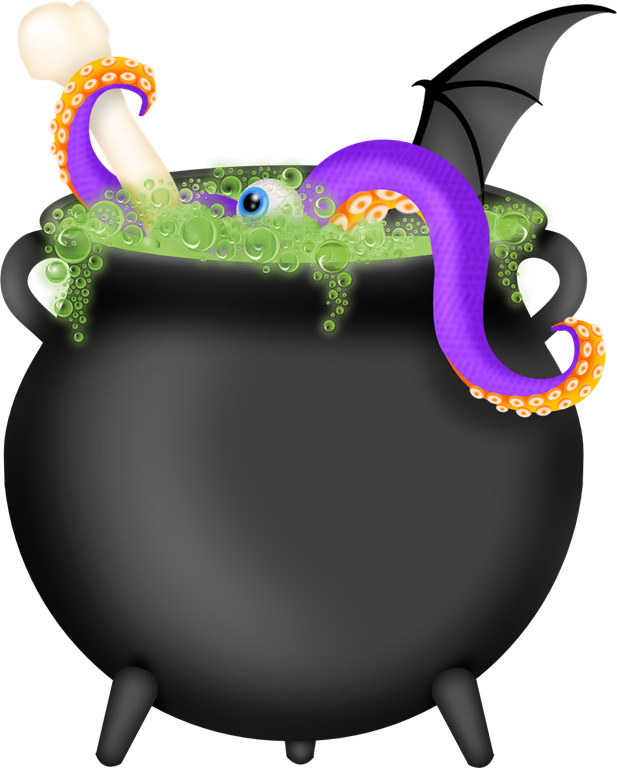

CERRIDWEN CELTIC GODDESS OF KNOWLEDGE
According to the late medieval Tale of Taliesin, included in some modern
editions of the Mabinogion, Ceridwen son, Morfran (also called
Afagddu), was hideously ugly, so Ceridwen sought to make him wise in
compensation. She made a potion in her magical cauldron to grant the
gift of wisdom and poetic inspiration, also called Awen. The mixture had
to be boiled for a year and a day. She set Morda, a blind man, to tend
the fire beneath the cauldron, while Gwion Bach, a young boy, stirred
the concoction. The first three drops of liquid from this potion gave
wisdom; the rest was a fatal poison. Three hot drops spilled onto
Gwion's thumb as he stirred, burning him. He instinctively put his thumb
in his mouth, and gained the wisdom and knowledge Ceridwen had intended
for her son. Realising that Ceridwen would be angry, Gwion fled.
Ceridwen chased him.
Using the powers of the potion he turned himself
into a hare. She became a greyhound. He became a fish and jumped into a
river. She transformed into an otter. He turned into a bird; she became a
hawk. Finally, he turned into a single grain of corn. She then became a
hen and, being a Goddess (or enchantress, depending on the version of
the tale), she found and ate him without trouble. But because of the
potion he was not destroyed. When Ceridwen became pregnant, she knew it
was Gwion and resolved to kill the child when he was born. However, when
he was born, he was so beautiful that she couldn't do it. She threw him
in the ocean instead, sewing him inside a leather-skin bag (or set him
in a coracle, depending on the story). The child did not die, but was
rescued on a Welsh shore - near Aberdyfi according to most versions of
the tale - by a prince named Elffin ap Gwyddno; the reborn infant grew
to became the legendary bard Taliesin.


